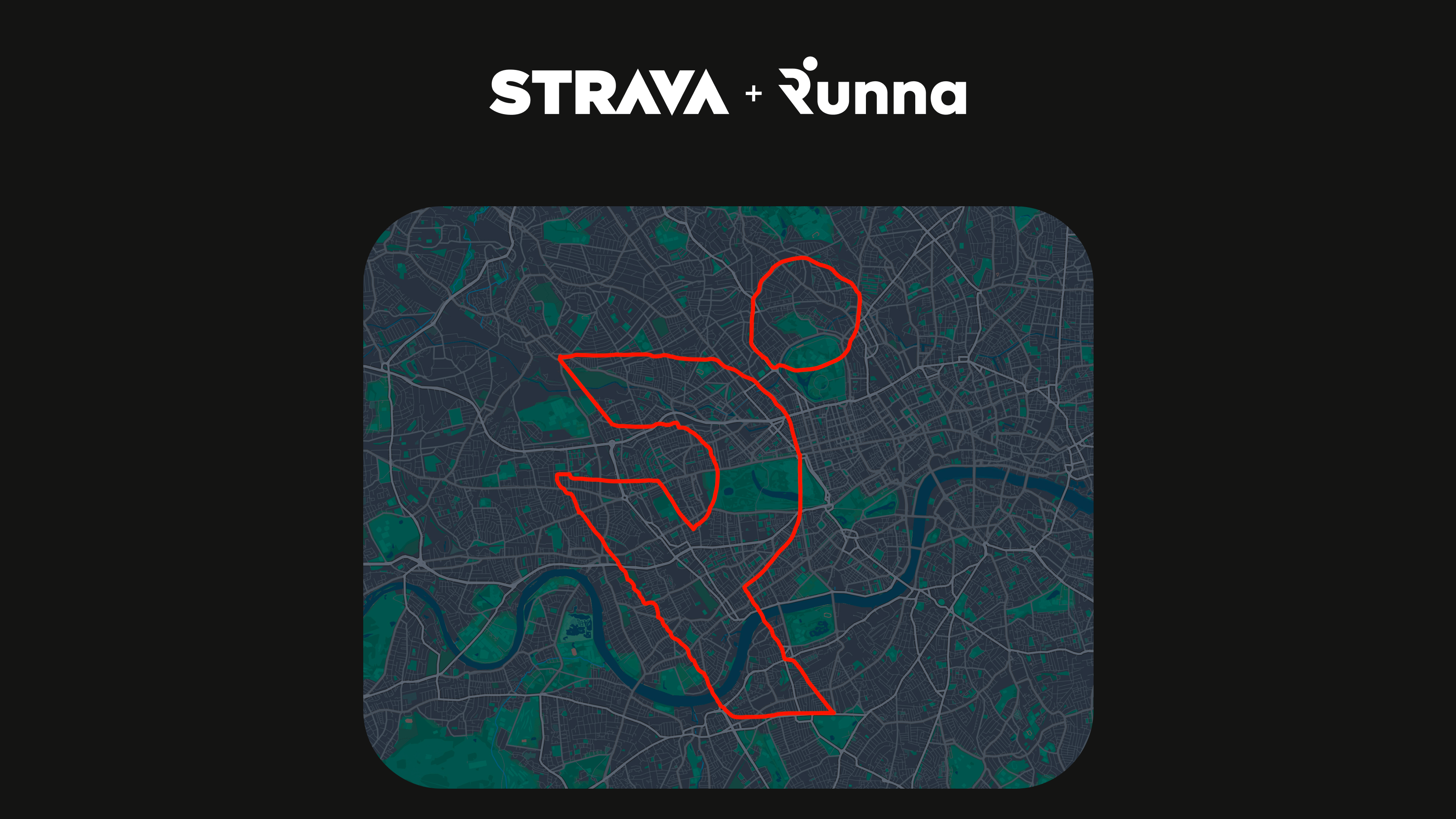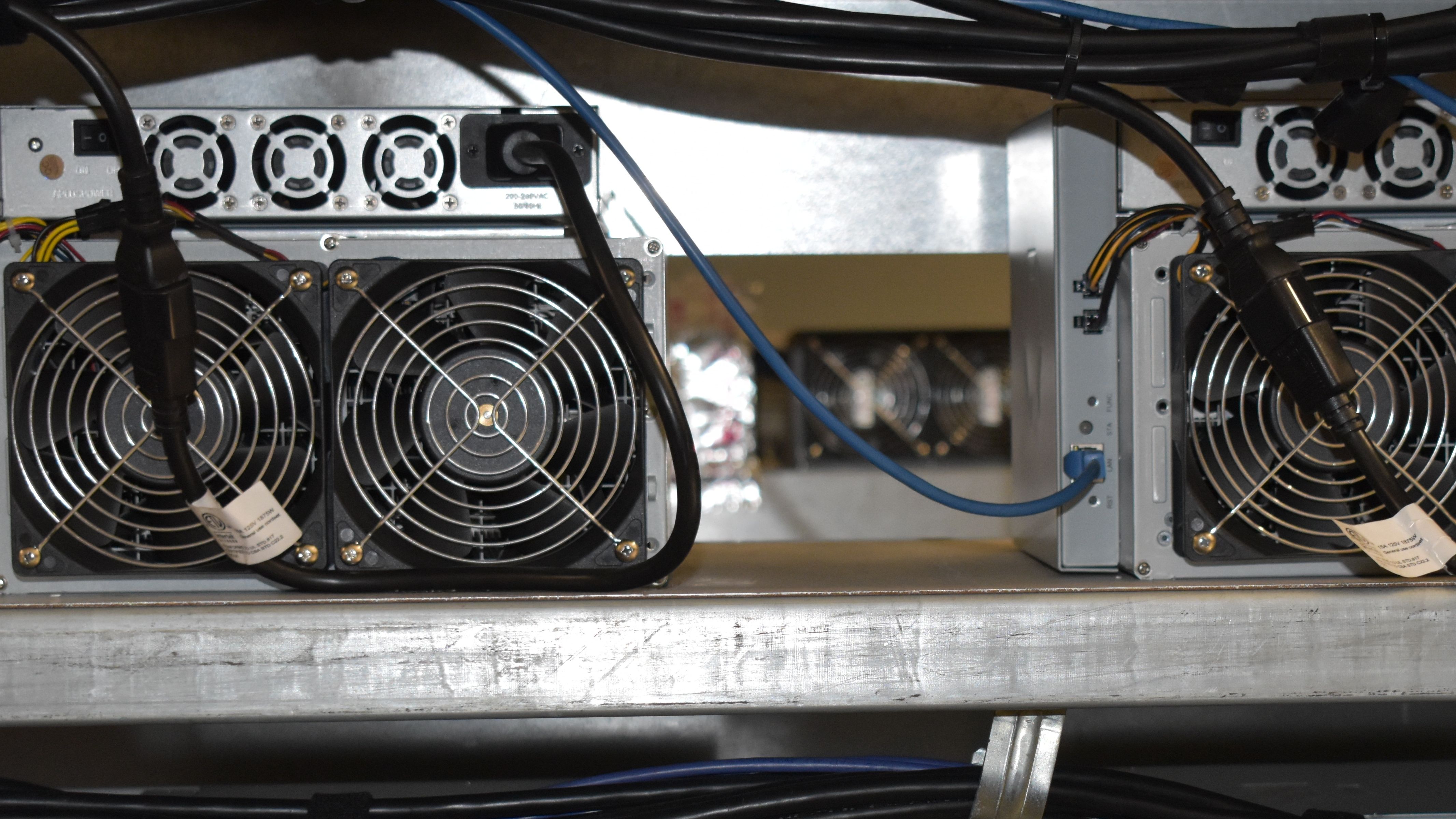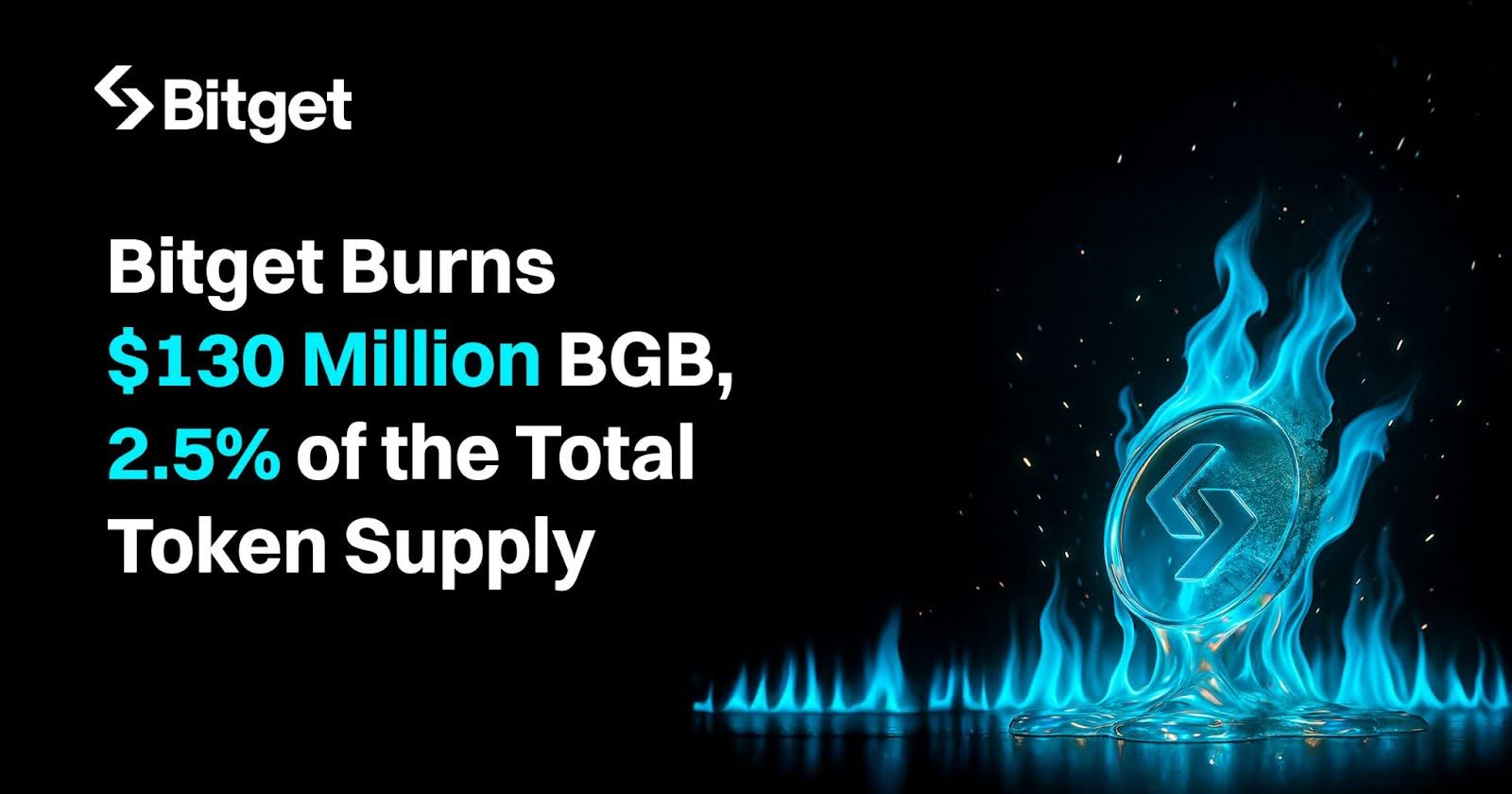What Distributed Systems and Music Festivals Have in Common (More Than You Think)
Ever felt the strange déjà vu between orchestrating a backend system and surviving a multi-stage festival? From node coordination to load balancing, discover the hilarious and oddly accurate parallels between tech architecture and festival vibes — with real examples from J On The Beach, the beachside event that secretly wants to be a festival. (That’s probably why every year ends with a live concert and epic swag.) Node Coordination Meets Stage Management At a festival, you’ve got multiple stages (nodes) running in parallel. Each one is independent, but they need to play nicely together. There can be no overlap of headliners, no schedule conflicts, and please, no sound bleed. Distributed systems are no different. You’ve got services doing their thing asynchronously, but they still have to coordinate. Load balancers are the stage managers of the backend world, and service discovery is like figuring out who’s playing when and where. At J On The Beach, it’s much the same: multiple tracks, happening in parallel, with organizers shuffling around trying to keep everything in sync. And ideally not stepping on each other’s talk slots. Time Synchronization Is Everything Ever seen two DJs fall out of sync? It’s a disaster. In distributed systems, even a slight clock drift between nodes can cause race conditions or a complete meltdown. That’s where protocols like NTP step in, acting as the metronome of your infrastructure to keep everything in harmony. At J On The Beach, we aim to stay in sync. We use WhatsApp groups with timekeepers in each room to coordinate, but let’s be honest: we are Spanish, we love a bit of flexibility. Sometimes, talks run long or speakers take a seaside stroll. We embrace the AP side of the CAP theorem. Availability and partition tolerance? Absolutely. Strict consistency? Well, we’re flexible there. Resilience Through Redundancy Good festivals have backups: spare gear, alternative stages, emergency med tents. Distributed systems run on the same logic: fallback queues, replicated databases, and failover strategies. At J On The Beach, we’ve been running events for nearly a decade. We’ve built some decent redundancy and some glorious chaos. Speakers drop out? No problem. Many of them have backup talks ready to go, and we’ve swapped entire sessions minutes before showtime. We’ve learned to embrace uncertainty. Resilience isn’t about perfection. It’s about dancing in the rain with a broken projector and a borrowed mic. Because just like every other festival, if one part fails, the whole experience shouldn’t go down. Crowd Control = Load Balancing Too many people in one tent? Classic festival problem. Same at tech events when the "hot" talk room gets swamped. Whether it's traffic routing at a festival or load balancing in a system, the key is distributing the load and keeping everyone happy. At J On The Beach, we’ve got Rowena, aka “The Bossy”, our human load balancer, and the amazing team of volunteers she manages. She knows how to redirect people better than any reverse proxy. Rerouting the crowd, opening extra doors, and reminding them of that chill Data Engineering talk they forgot about. You’ve never seen DNS management quite like Rowena’s. Observability: Can You Hear Me Backstage? Festival organizers rely on walkie-talkies to stay connected and quickly relay information. At J On The Beach, we can´t afford walkie-talkies,but we use WhatsApp groups, and probably someone yelling across the hallway. Just like in production systems, observability is key. We have engineers stationed in every room for sound checks, AV systems and live tech support. They’re our Prometheus/Grafana/Datadog-combo in human form, ensuring everything runs smoothly. If something’s going wrong, we usually know before the audience does. Tech Events Are Just Like Music Festivals (But With More Coffee) The truth is, tech folks love good systems. Whether it’s distributed architectures or the logistics of keeping a beachside conference alive and buzzing. At J On The Beach, we don’t just talk about those systems, we run them. From real-world engineering war stories to distributed chaos (but make it fun). It’s where backend meets beach, and slides meet sandals. And yes, we keep the coffee flowing all day. It’s our fuel. No service without it. Instead of a DJ, we close with live bands. And if you’ve still got energy left… there’s karaoke. Because what better way to stress-test your vocal cords after stress-testing your stack? Have stories of your own chaos in distributed systems? Or wild festival flashbacks? Drop them in the comments or come hang out with us from 14 to 16 May at the beach in Málaga at J On The Beach.

Ever felt the strange déjà vu between orchestrating a backend system and surviving a multi-stage festival? From node coordination to load balancing, discover the hilarious and oddly accurate parallels between tech architecture and festival vibes — with real examples from J On The Beach, the beachside event that secretly wants to be a festival. (That’s probably why every year ends with a live concert and epic swag.)
Node Coordination Meets Stage Management
At a festival, you’ve got multiple stages (nodes) running in parallel. Each one is independent, but they need to play nicely together. There can be no overlap of headliners, no schedule conflicts, and please, no sound bleed.
Distributed systems are no different. You’ve got services doing their thing asynchronously, but they still have to coordinate. Load balancers are the stage managers of the backend world, and service discovery is like figuring out who’s playing when and where.
At J On The Beach, it’s much the same: multiple tracks, happening in parallel, with organizers shuffling around trying to keep everything in sync. And ideally not stepping on each other’s talk slots.
Time Synchronization Is Everything
Ever seen two DJs fall out of sync? It’s a disaster. In distributed systems, even a slight clock drift between nodes can cause race conditions or a complete meltdown. That’s where protocols like NTP step in, acting as the metronome of your infrastructure to keep everything in harmony.
At J On The Beach, we aim to stay in sync. We use WhatsApp groups with timekeepers in each room to coordinate, but let’s be honest: we are Spanish, we love a bit of flexibility. Sometimes, talks run long or speakers take a seaside stroll. We embrace the AP side of the CAP theorem. Availability and partition tolerance? Absolutely. Strict consistency? Well, we’re flexible there.
Resilience Through Redundancy
Good festivals have backups: spare gear, alternative stages, emergency med tents. Distributed systems run on the same logic: fallback queues, replicated databases, and failover strategies.
At J On The Beach, we’ve been running events for nearly a decade. We’ve built some decent redundancy and some glorious chaos. Speakers drop out? No problem. Many of them have backup talks ready to go, and we’ve swapped entire sessions minutes before showtime.
We’ve learned to embrace uncertainty. Resilience isn’t about perfection. It’s about dancing in the rain with a broken projector and a borrowed mic. Because just like every other festival, if one part fails, the whole experience shouldn’t go down.
Crowd Control = Load Balancing
Too many people in one tent? Classic festival problem. Same at tech events when the "hot" talk room gets swamped. Whether it's traffic routing at a festival or load balancing in a system, the key is distributing the load and keeping everyone happy.
At J On The Beach, we’ve got Rowena, aka “The Bossy”, our human load balancer, and the amazing team of volunteers she manages.
She knows how to redirect people better than any reverse proxy. Rerouting the crowd, opening extra doors, and reminding them of that chill Data Engineering talk they forgot about.
You’ve never seen DNS management quite like Rowena’s.
Observability: Can You Hear Me Backstage?
Festival organizers rely on walkie-talkies to stay connected and quickly relay information. At J On The Beach, we can´t afford walkie-talkies,but we use WhatsApp groups, and probably someone yelling across the hallway.
Just like in production systems, observability is key. We have engineers stationed in every room for sound checks, AV systems and live tech support. They’re our Prometheus/Grafana/Datadog-combo in human form, ensuring everything runs smoothly. If something’s going wrong, we usually know before the audience does.
Tech Events Are Just Like Music Festivals (But With More Coffee)
The truth is, tech folks love good systems. Whether it’s distributed architectures or the logistics of keeping a beachside conference alive and buzzing.
At J On The Beach, we don’t just talk about those systems, we run them. From real-world engineering war stories to distributed chaos (but make it fun). It’s where backend meets beach, and slides meet sandals.
And yes, we keep the coffee flowing all day. It’s our fuel. No service without it.
Instead of a DJ, we close with live bands. And if you’ve still got energy left… there’s karaoke.
Because what better way to stress-test your vocal cords after stress-testing your stack?
Have stories of your own chaos in distributed systems? Or wild festival flashbacks?
Drop them in the comments or come hang out with us from 14 to 16 May at the beach in Málaga at J On The Beach.








































































































































































![[The AI Show Episode 144]: ChatGPT’s New Memory, Shopify CEO’s Leaked “AI First” Memo, Google Cloud Next Releases, o3 and o4-mini Coming Soon & Llama 4’s Rocky Launch](https://www.marketingaiinstitute.com/hubfs/ep%20144%20cover.png)
















































































































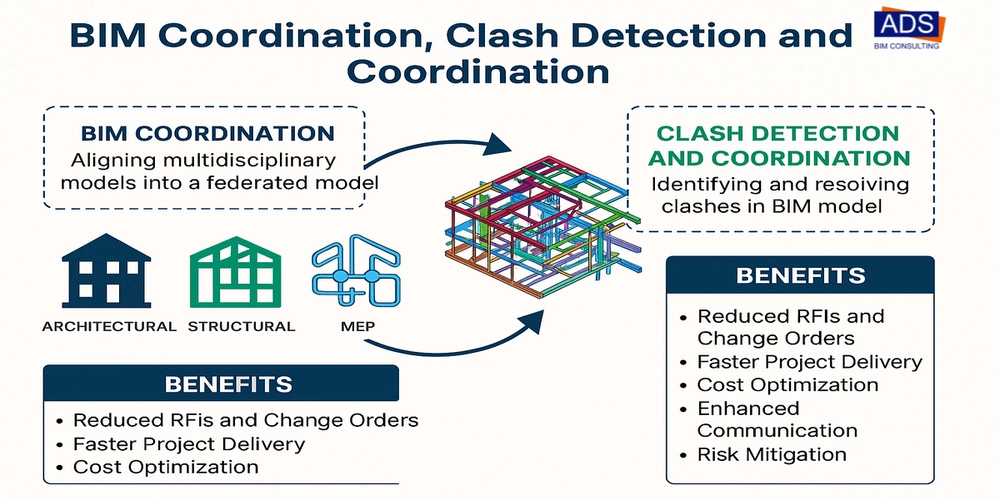












































































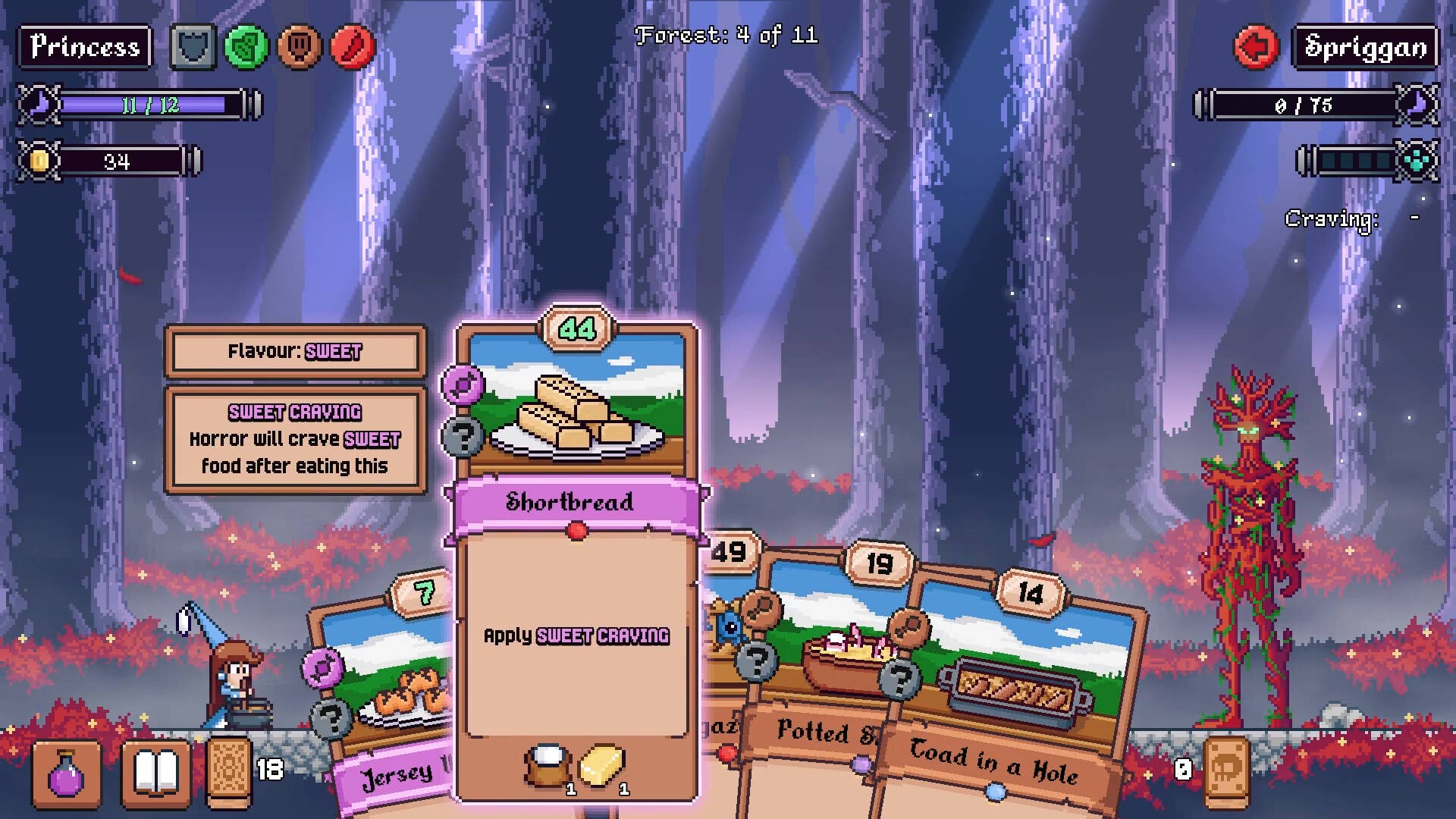
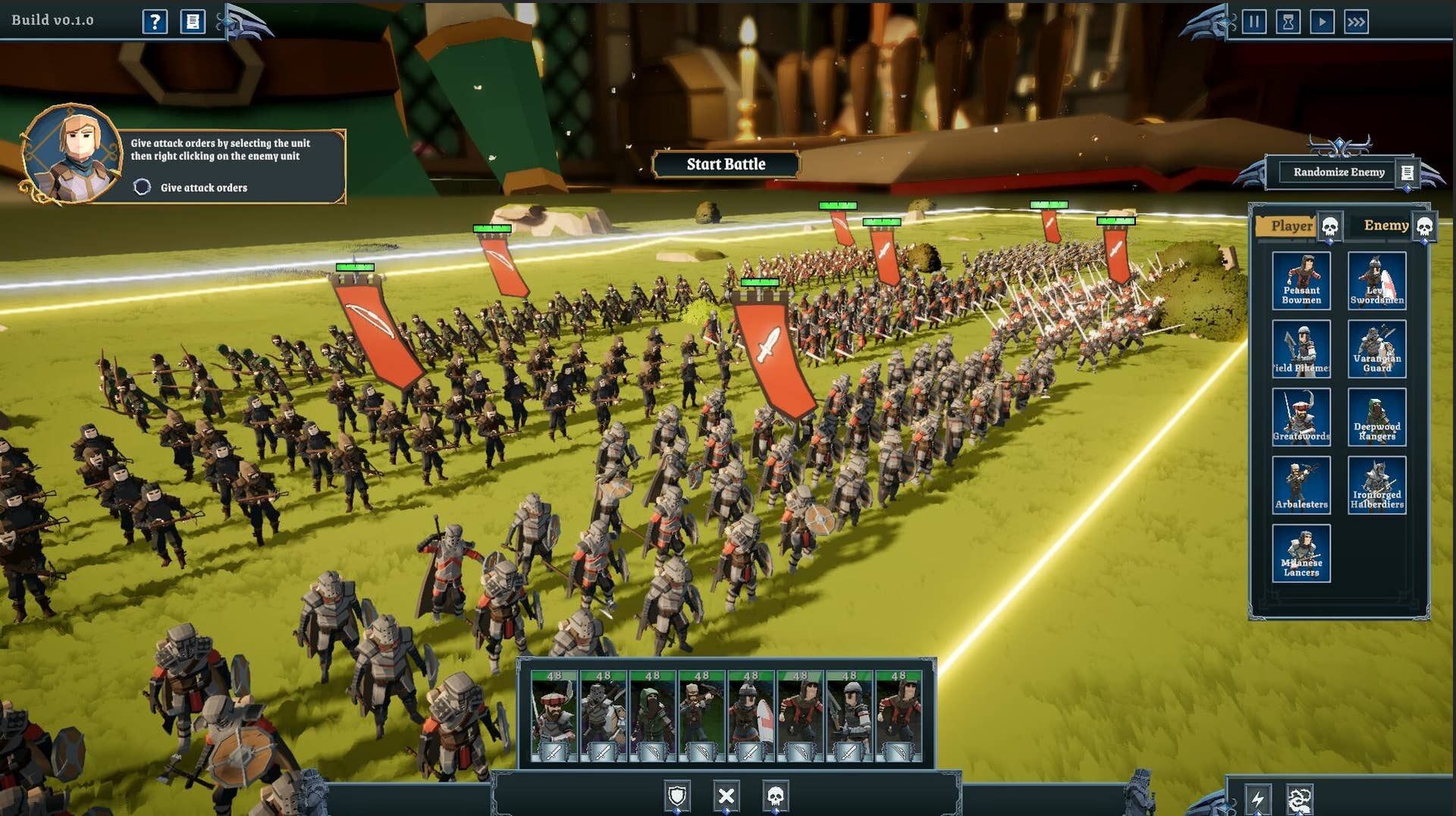







![GrandChase tier list of the best characters available [April 2025]](https://media.pocketgamer.com/artwork/na-33057-1637756796/grandchase-ios-android-3rd-anniversary.jpg?#)




















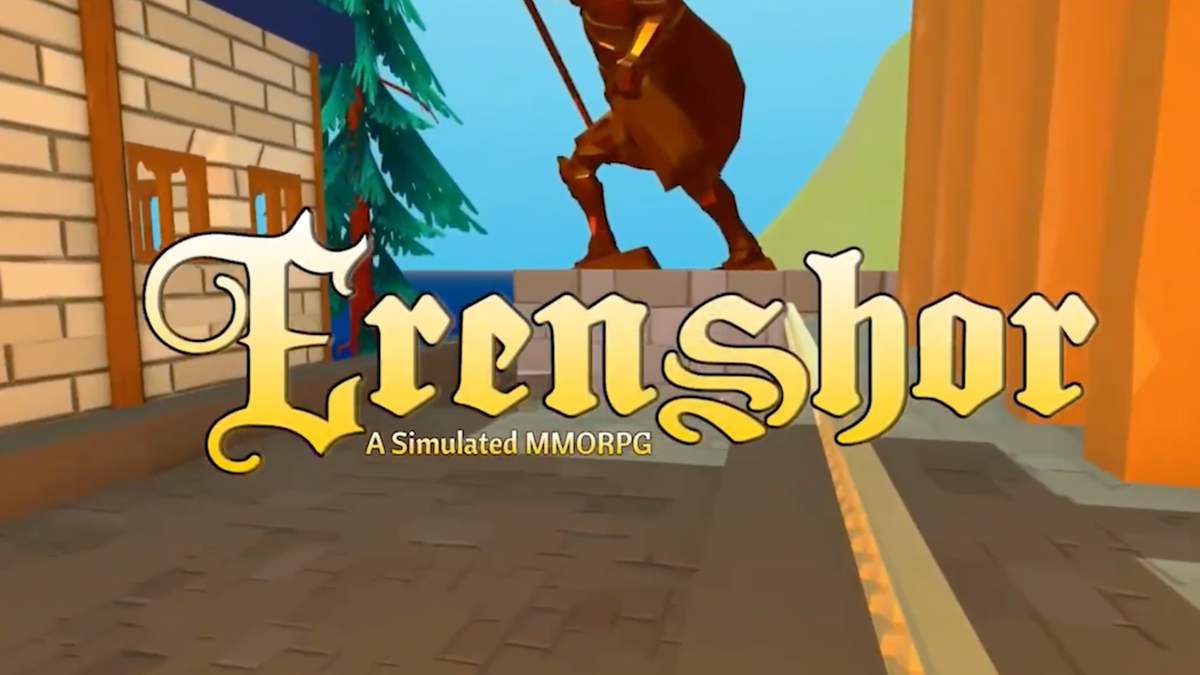












































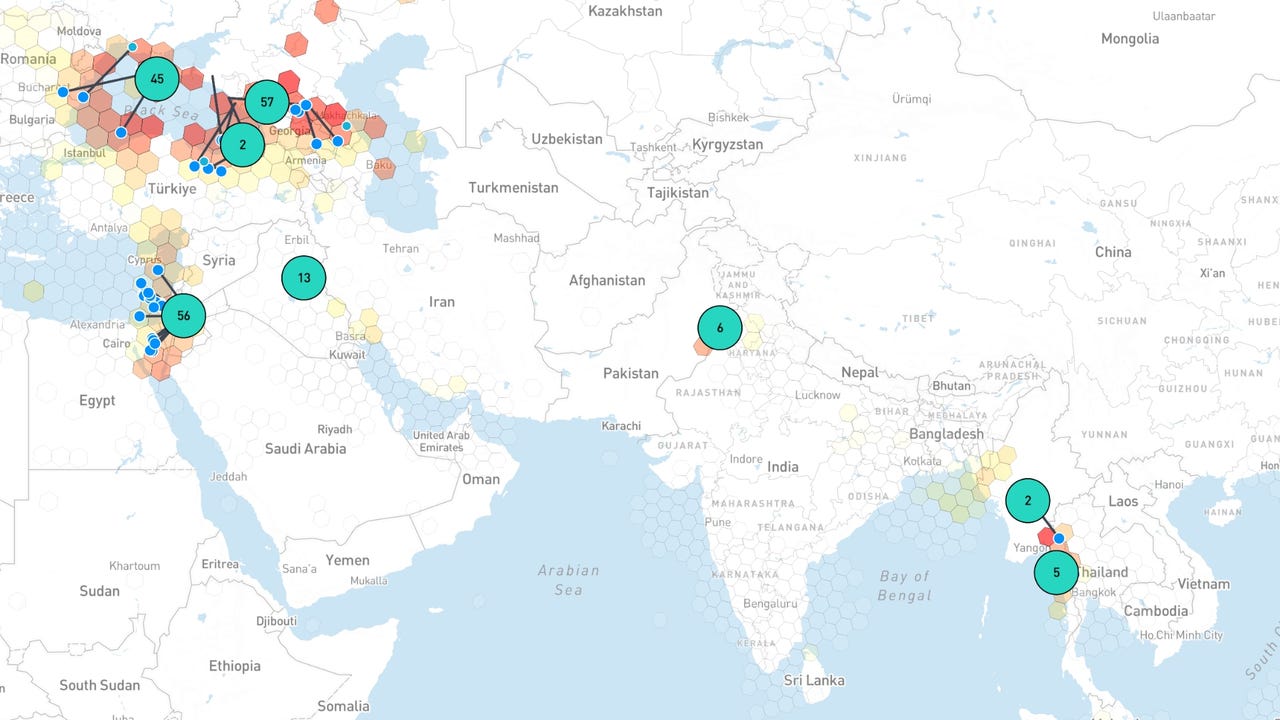






















































































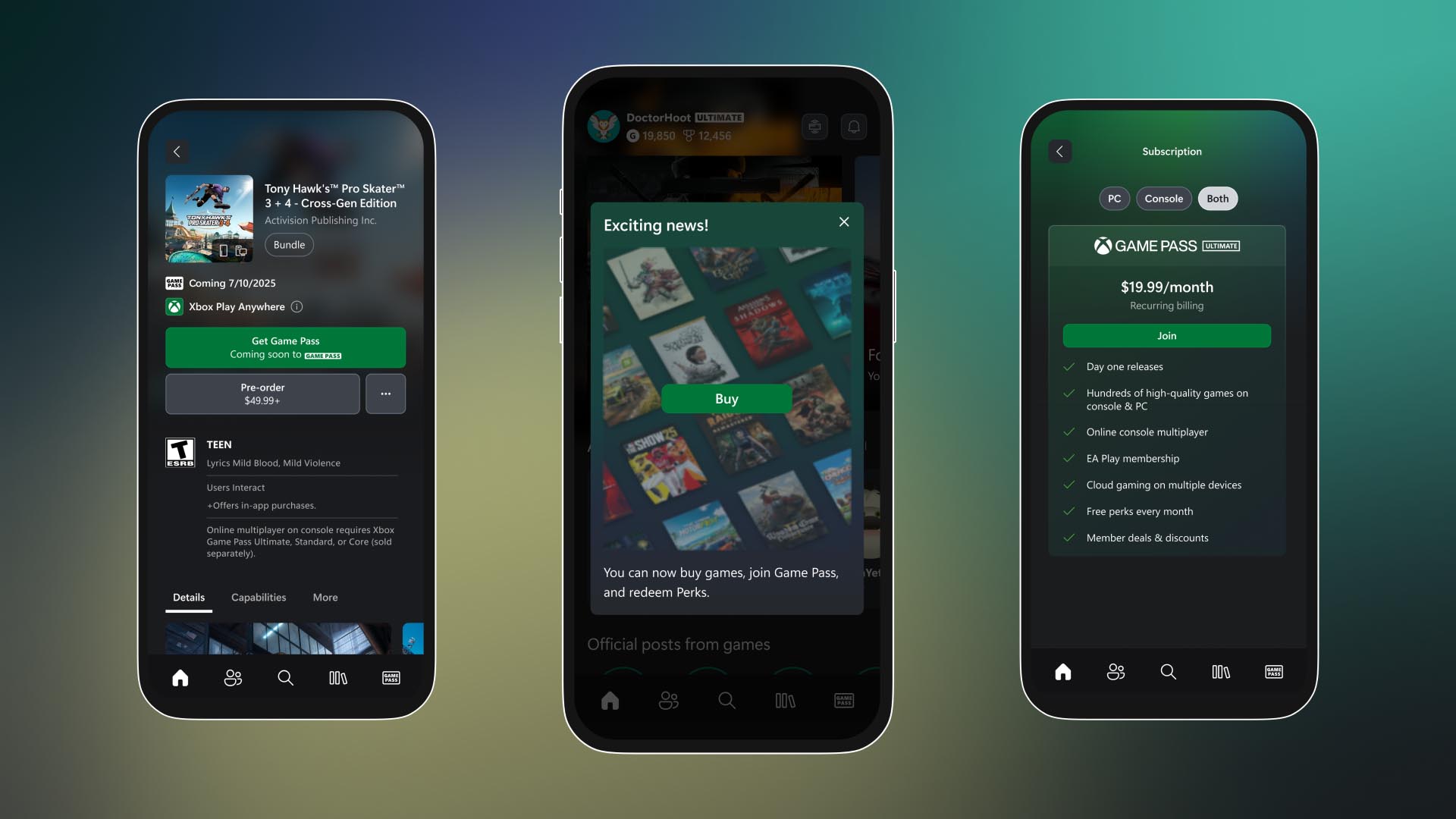























![Apple M4 13-inch iPad Pro On Sale for $200 Off [Deal]](https://www.iclarified.com/images/news/97056/97056/97056-640.jpg)
![Apple Shares New 'Mac Does That' Ads for MacBook Pro [Video]](https://www.iclarified.com/images/news/97055/97055/97055-640.jpg)
















